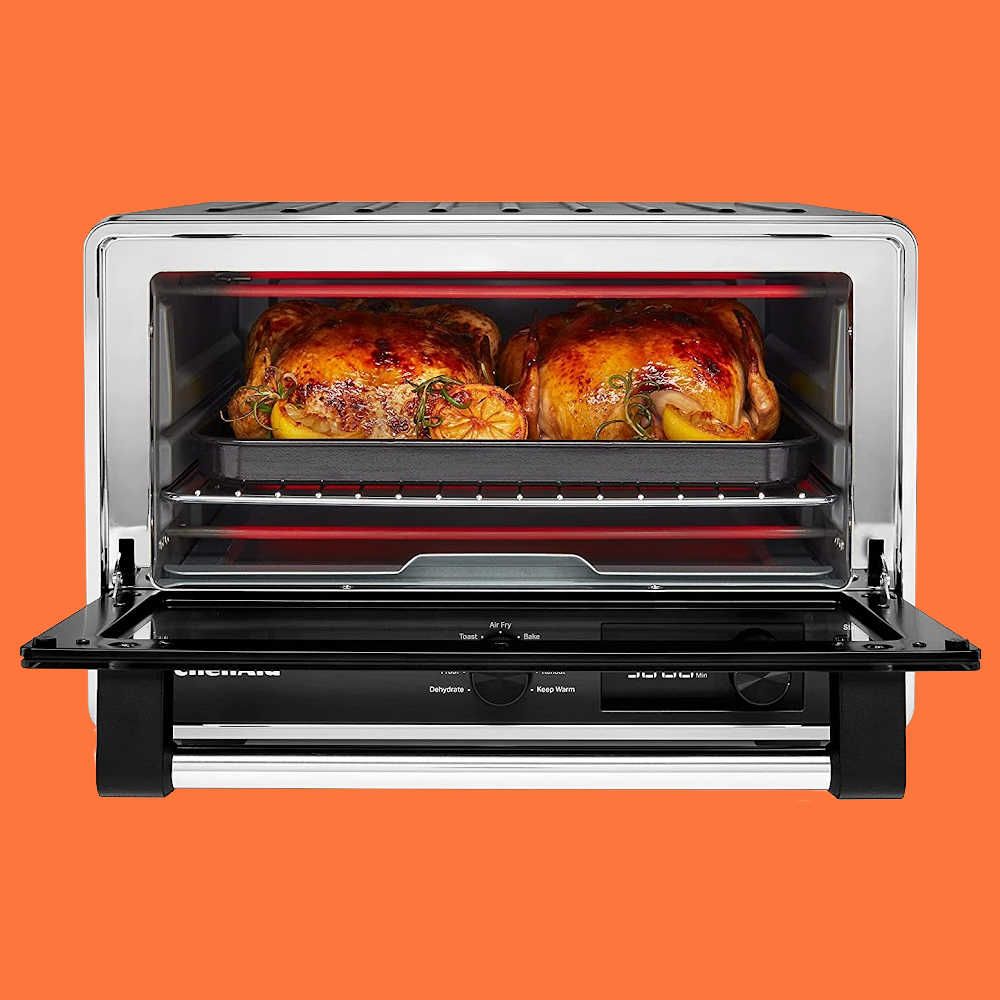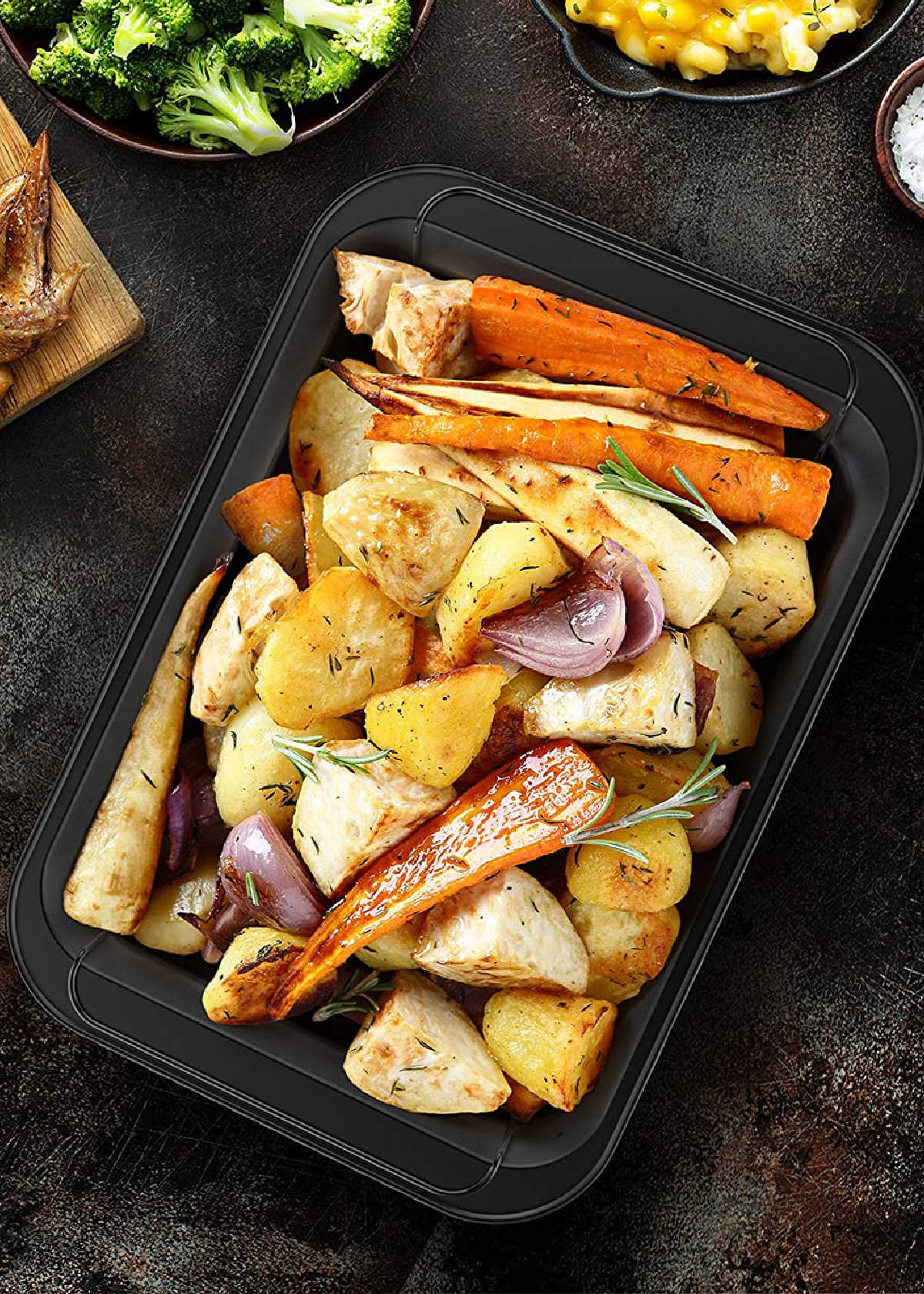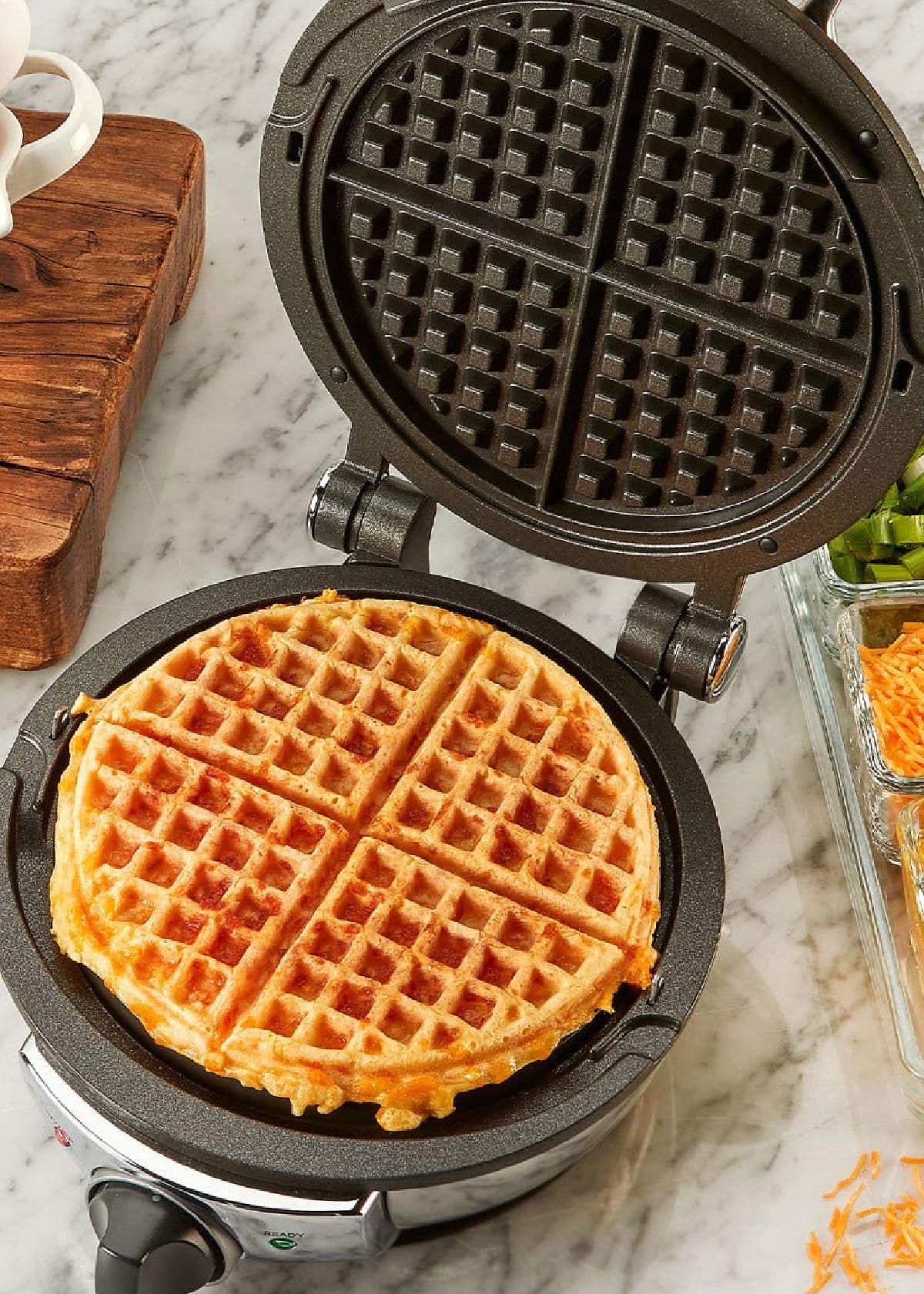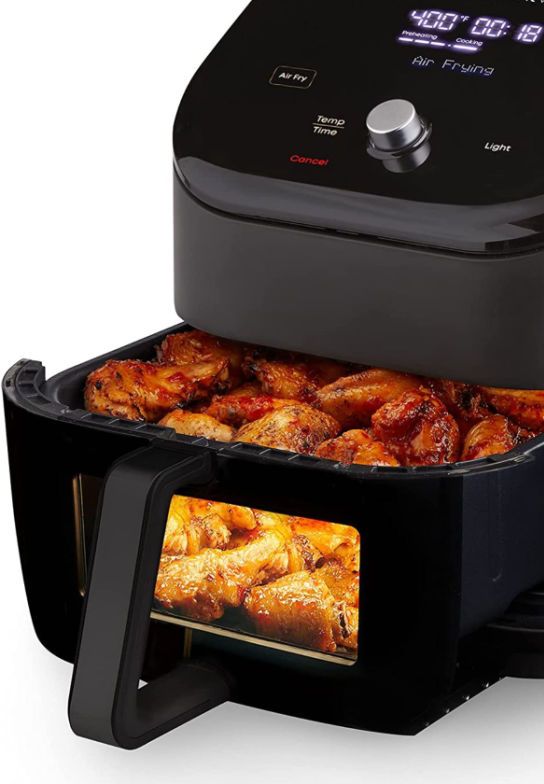Content Summary
Cooking can be a daunting task, especially when it comes down to the prep work. Chopping, dicing and slicing vegetables can be time-consuming task.
Fortunately, with the help of a food processor, you can churn out perfectly chopped vegetables at a much quicker pace than doing it by hand, on your cutting board.
In this blog post, we’ll guide you through the process of chopping, dicing, slicing, grating, and shredding vegetables in a food processor, along with some helpful tips to help you cut different types of raw vegetables. Let's have a look!





Chop vs Dice vs Slice vs Grate vs Shred Vegetables
Before we dive into how to use your food processor to chop vegetables, it's important to understand the difference between chopping, dicing, slicing, grating, and shredding.
- Chopping means you break down the vegetable into smaller pieces that are not uniform in size and shapes.
- Dicing entails cutting the vegetable into uniform small cubes.
- Slicing involves cutting the vegetable into thin even slices.
- Grating involves cutting or shredding the vegetables into thin uneven strips using a box grater or a hand grater.
- Shredding requires you to cut the vegetable into thin strips, usually with a mandoline slicer or a box grater.


Depending on the recipe you're making, you'll need to decide which method is best. For example:
- If you're making a stir-fry, you might want to chop your vegetables into irregular pieces to create texture.
- If you're making a soup, you might want to dice your vegetables for an even cooking time and texture.
- If you're making a salad, or chips, you might want to slice vegetables thinly for a more delicate appearance.
- If you're making coleslaw, you'll need to grate carrots and shred the cabbage.
Now that we know the difference between these methods, let's take a look at how to use a food processor to chop soft to hard vegetables of all shapes and sizes.
Realize, that most food processors, if not all, come with a set of attachments, both discs and blade attachments. Each has its own specific function.




How To Chop Vegetables In A Food Processor
1. How To Chop Vegetables
For vegetables that don’t need uniform cuts, such as onions or carrots, the S blade can chop them easily.
- Wash your vegetables.
- Cut them roughly into chunks that fit nicely into the feeding chute.
- Attach the S shaped blade to your food processor.
- Apply the pulse function with short bursts, 2-3 seconds each time, until you’ve reached the desired texture, from slightly rough to finely chopped.
Notes:
- Be careful not to over-process or you'll end up with puree.
- If you're chopping multiple vegetables, chop them separately.
- Don't fill up the work bowl to the top or else the vegetables will not chop evenly. Around 60% will do.
- The S blade can be used for a wide variety of taks, from pureeing soups to blending sauces.
2. How To Dice Vegetables
- Prepare your vegetables or fruits by cutting them into quarters.
- Attach the multipurpose S blade to your food processor.
- Pulse the cubes several times for 2-3 seconds each time.
- This will give you uniformly diced vegetables.
- You can stop pulsing once you reach the desired size.
Notes:
- For small vegetables or herbs, such as onions or garlic, use the mini bowl attachment for your food processor.
- For larger vegetables like potatoes, switch to a larger bowl and S blade for larger cubes.
- If you're dicing multiple vegetables, do them separately to ensure even chopping.




3. How To Slice Vegetables
Raw vegetables such as cucumbers, zucchinis, carrots, or potatoes can be quickly sliced in a food processor with the slicer disc. Slicing potatoes in a food processor is also a great way to make homemade chips.
- Wash and peel the vegetables you need to slice.
- Securely attach the slicing attachment to your food processor.
- Turn on your machine.
- Push the vegetables gently into the feeding chute.
- Let the food processor do its job, as long as you keep an eye on it.
- Prepare a bowl of water and soak the slices for 10 minutes to remove the excess starch.
Notes:
- If you want, you can adjust the thickness of the slices by changing the position of the slicing disk.
- To avoid over-processing, turn off your food processor as soon as you've reached the desired thickness.


4. How To Grate Carrots
Grated carrots are ideal for salads or for adding to baked goods like carrot cake. Grating carrots is another task you can accomplish with a food processor.
- Wash and peel your carrots.
- Cut them into small pieces that can fit the feeding tube.
- Securely attach the shredding disc to your food processor.
- Push the carrots gently into the feeding chute.
- Turn on the machine and let it do its job.
- Once you’ve reached the desired texture, turn off the machine.
Notes:
- You can also use the shredding disc to grate other vegetables such as potatoes, parsnips, or beets. And of course, for grating cheese.
- If you want the carrots to remain crunchy, grate them just before serving.



5. How To Shred Cabbage
Shredded cabbage can be added to salads, coleslaws or Asian slaws, stir-fries or for adding crunch to sandwiches. You can also use it as an alternative to lettuce in tacos or sandwiches.
- Wash and core your cabbage head.
- Remove the outer leaves of the cabbage.
- Cut the cabbage into wedges that will fit in the feed tube.
- Attach the shredding disc to the machine according to the thickness you desire.
- Turn on the machine.
- Push the cabbage through the feed tube.
- Once you’ve reached consistent results, turn off the machine.
Notes:
- You can also use the shredding blade to shred other vegetables such as zucchini and carrots.
- Be sure to wash the shredder disc right away to prevent the cabbage from drying and sticking to the disc.



Tips & Tricks
- Many food processors, if not all, come with a set of attachments. Using the instruction manual, learn to use them all. and get confident turning out uniform results.
- When slicing or grating, use the pusher to keep your fingers away from the disc.
- Always store your (clean) blades and discs in a safe place when not in use.
- To prevent discoloration, it’s best to process one vegetable at a time.
- If you need to chop larger quantities of vegetables, it may be best to do so by hand.
- Don’t overload the food processor or else the blades won’t be able to properly process the ingredients.
- A food processor has many functions. Study its manual. And dare to experiment: you'll be surprised what it can do! Some home cooks call it their "personal kitchen assistant", or even "my sous-chef"!
With the right attachment and a few tips, you can chop, dice, slice, shred, and grate vegetables quickly and efficiently. A food processor can assist you in all that!
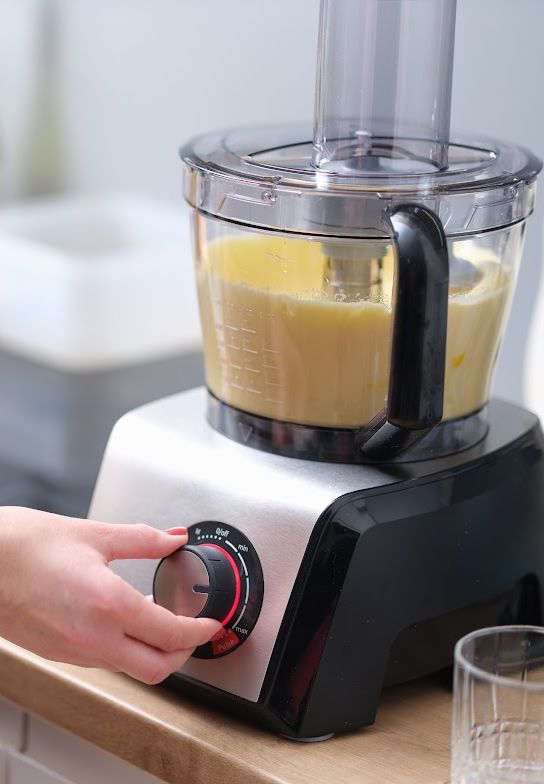
So, experiment with new textures and recipes - with our guide, you're now ready to start chopping, dicing, slicing, shredding and even grating vegetables like a pro!
Happy chopping!
Catchy Finds




